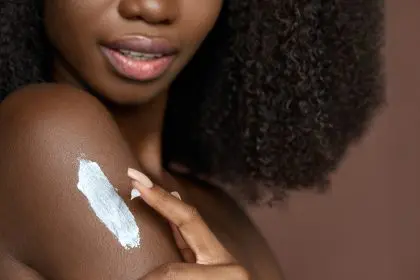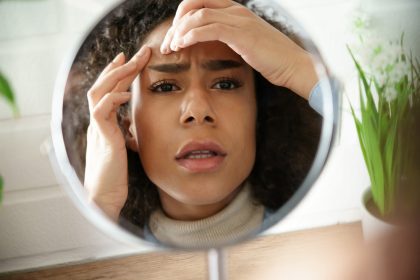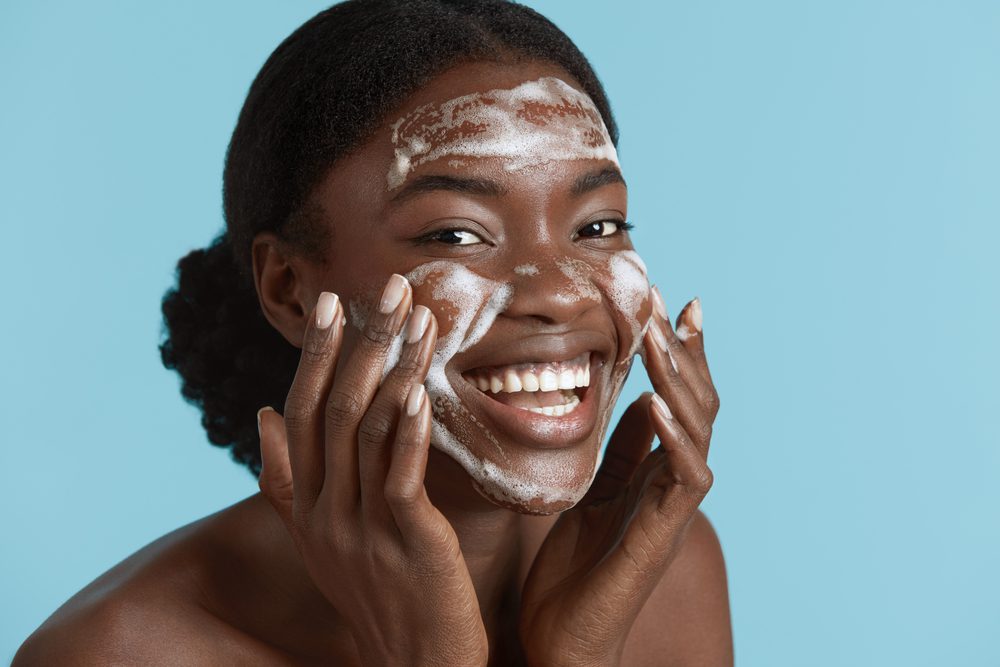Understanding moisturizers for healthy, glowing skin

Understanding moisturizers remains one of the most crucial yet often misunderstood aspects of skincare. Hydration plays a vital role in maintaining healthy skin, and choosing the right moisturizer can make all the difference. This comprehensive guide breaks down the science of hydration and provides practical advice for achieving healthy, glowing skin, regardless of skin type.
Understanding moisturizer basics
To understand the role moisturizers play in skincare, it’s important to grasp their basic components. A moisturizer typically consists of three main types of ingredients:
Humectants: These ingredients draw moisture into the skin, helping to keep it hydrated. Humectants include substances like glycerin and hyaluronic acid.
Emollients: These ingredients work to smooth the skin’s surface by filling in gaps between skin cells, offering a soft and supple feel. Common emollients include ingredients like fatty acids and plant oils.
Occlusives: These are ingredients that create a barrier on the skin’s surface, sealing in hydration. Examples of occlusives include petrolatum, beeswax, and Shea butter. This type of ingredient is particularly important for locking in moisture and preventing dehydration throughout the day or night.
Identifying your skin type
Before selecting a moisturizer, it’s essential to determine your skin type, as this will guide your product choice. Different skin types have varying hydration needs, so understanding your skin’s characteristics will help ensure you get the most effective moisturizer.
For oily skin, lightweight formulations work best. Choose oil-free products with non-comedogenic ingredients to avoid clogging pores. Gel-based textures are particularly effective, as they are quickly absorbed without leaving a greasy residue.
For dry skin, richer cream textures are needed. These products offer intensive hydration and often include barrier-supporting ingredients to retain moisture. Multiple moisturizing agents in these formulations, such as ceramides and fatty acids, provide long-lasting hydration and help restore the skin’s moisture balance.
For combination skin, a more tailored approach is needed. Zone-specific application is key. Lighter moisturizers can be used on oily areas like the forehead and nose, while richer creams should be applied to dry zones like the cheeks. Balanced formulations can help keep both parts of the face hydrated and comfortable, while strategic layering can ensure a personalized approach. Seasonal adjustments to your skincare routine may also be necessary, as the skin’s hydration needs can vary with temperature and humidity.
Essential ingredients guide
Understanding the ingredients in your moisturizer is crucial to making an informed decision. Here are some of the most effective moisturizing ingredients:
Hyaluronic acid: Known for its powerful hydrating properties, hyaluronic acid draws water into the skin, giving it a plump, hydrated appearance.
Ceramides: These lipids are naturally present in the skin and are essential for maintaining the skin’s moisture barrier. Products containing ceramides can help improve moisture retention and protect the skin from environmental stressors.
Glycerin: A humectant that helps draw moisture to the skin, glycerin is often included in moisturizers to maintain hydration and prevent dryness.
Niacinamide: This form of vitamin B3 is great for supporting the skin barrier, reducing water loss, and improving the skin’s overall texture.
Peptides: These amino acid chains are vital for promoting skin health, encouraging the production of collagen and supporting the skin’s natural repair processes.
The art of layering
Layering products properly is an essential step in any skincare routine. Start with a clean face, and if you use toner, apply it first. Next, add a lightweight moisturizer to the skin, followed by any treatment products you may be using, such as serums or spot treatments. If your skin is particularly dry, you can finish off with a richer cream for an added layer of hydration.
The key is to apply products in order of their consistency, from thinnest to thickest. This allows the skin to absorb the ingredients properly and helps maintain an effective skincare regimen.
Application techniques
How you apply your moisturizer is just as important as the product itself. Always use clean hands to avoid transferring dirt and bacteria onto your skin. Apply moisturizer to damp skin, as this helps lock in hydration. Gently massage the product into your skin using upward, circular motions to encourage absorption and improve circulation.
Give the moisturizer time to absorb before applying makeup or other products. Over-applying moisturizer can lead to a greasy feel, so it’s best to use only the amount needed to adequately cover the skin. Adjust the amount depending on the season and your skin’s current hydration levels.
Common moisturizer mistakes
There are several common mistakes people make when it comes to moisturizing. The most common error is overapplying moisturizer, thinking that more product means more hydration. However, using too much can clog pores and leave the skin feeling greasy.
Another common mistake is selecting a moisturizer that isn’t suited for your skin type. Using the wrong product can exacerbate existing skin issues, such as dryness or oiliness. Timing is also important—applying moisturizer when your skin is too dry or too wet can reduce its effectiveness.
Inconsistent use of moisturizer can also lead to dry patches and dehydration. Moisturizing twice a day—once in the morning and once before bed—ensures the skin remains hydrated throughout the day and night.
Special considerations
Several factors can influence how your skin reacts to moisturizers. Climate plays a significant role, as humidity levels and temperature changes can affect your skin’s moisture needs. During colder months, skin tends to become drier and may require more intensive hydration. On the other hand, humid weather may cause excess oil production, requiring lighter formulations.
Lifestyle factors such as physical activity, sun exposure, sleep patterns, stress levels, and diet also contribute to your skin’s hydration needs. Staying hydrated, avoiding excessive sun exposure, and reducing stress can all support your skin’s ability to maintain a healthy moisture balance.
Professional guidance
If you’re experiencing persistent dryness, irritation, or sensitivity, it may be time to seek expert advice. Skin issues like eczema, rosacea, or dermatitis may require a more specialized skincare regimen. If you have a complex skin condition, a dermatologist can recommend the best products and treatments for your specific needs.
Product selection tips
When choosing a moisturizer, consider factors such as ingredient compatibility, texture preference, and your skin’s sensitivity. Some products may work better for certain skin types, while others may cause irritation or clogging of pores. It’s also essential to consider the season and adjust your product choices accordingly. For example, heavier creams are often more beneficial in winter, while lighter lotions may be sufficient in warmer weather.
Budget considerations also play a role in product selection. There are many affordable moisturizers available that contain effective ingredients, so finding a moisturizer that fits both your needs and your budget is possible.
Nighttime moisture routine
Nighttime is the perfect opportunity to provide your skin with deeper hydration. During sleep, your skin undergoes repair and regeneration processes, so applying a richer moisturizer before bed can help enhance this process. Look for products that support barrier protection and contain ingredients like peptides or ceramides to optimize recovery overnight.
Conclusion
Successfully moisturizing your skin requires an understanding of your skin’s needs and the proper products and techniques. By choosing the right moisturizer, following the correct application methods, and adjusting your routine based on the season and skin type, you can ensure optimal hydration and achieve healthy, glowing skin year-round. Regular assessment of your skin’s needs and a consistent moisturizing routine will help maintain your skin’s moisture balance and overall health.















